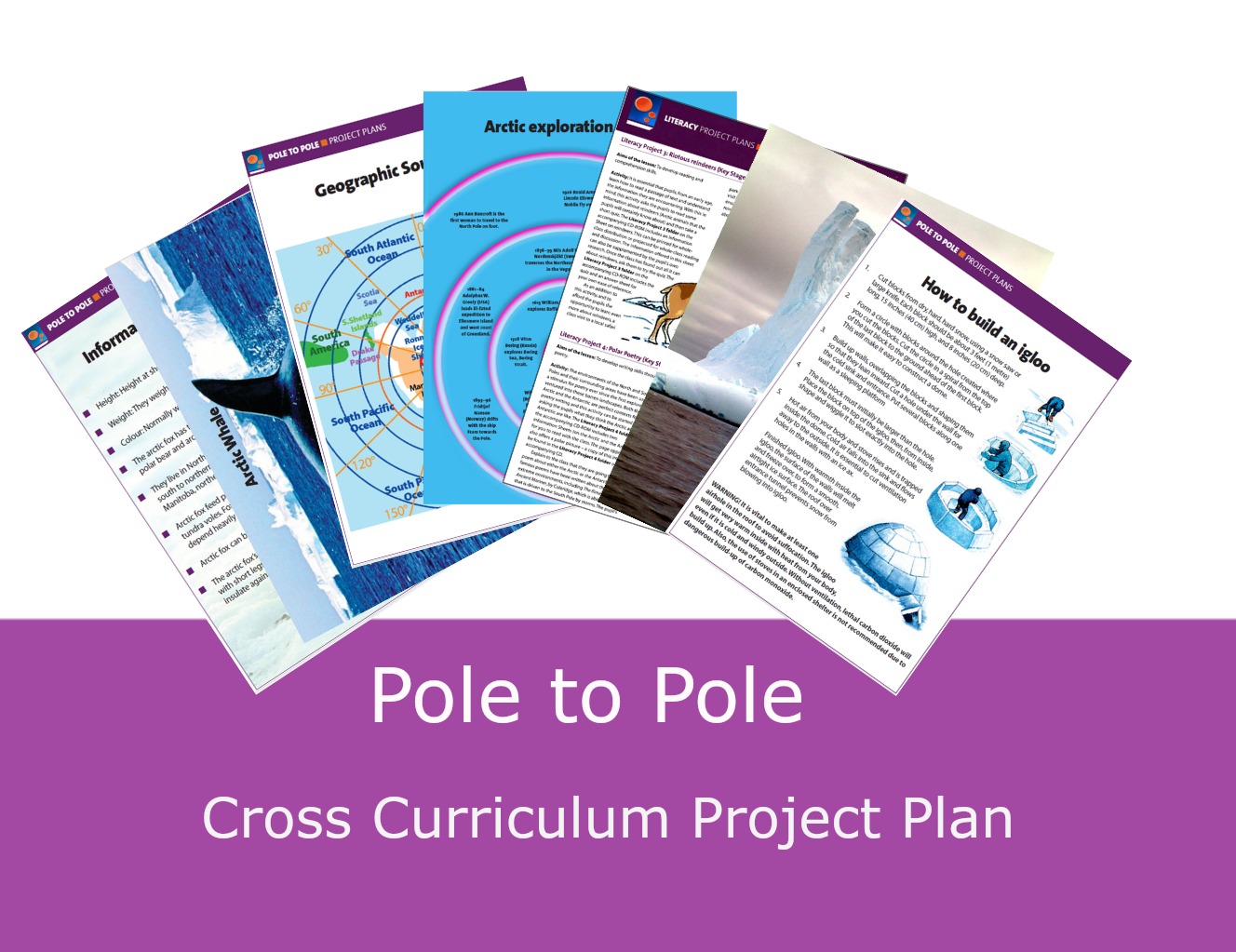The term ‘North Pole’ usually refers to the Geographic North Pole – the northern most point on the surface of the Earth, where the Earth’s axis of rotation intersects the Earth’s surface. The Arctic is the area located around the North Pole. Although there is no land at the North Pole, the icy Arctic Ocean is teeming with life. There is also a lot of land within the Arctic Circle (northern parts of Asia, Europe and North America). Land within the Arctic Circle is called ‘tundra’, and it supports less life than most other biomes because of the cold temperatures, strong dry winds, and permafrost (permanently frozen soil). Long periods of darkness (in the winter) and light (in the summer) also affect Arctic life.
The term ‘South Pole’ normally refers to the Geographic South Pole – the southernmost point on the surface of the Earth, on the opposite side of the Earth from the North Pole. At present, Antarctica is located over the South Pole, although this has not been the case for all of Earth’s history because of continental drift. The land (i.e. rock) at the South Pole lies near sea level, but the ice cap is 3000 metres thick, so the surface is actually at high altitude. The polar ice sheet is moving at a rate of roughly 10 metres per year, so the exact position of the Pole, relative to the ice surface and the buildings constructed on it, gradually shifts over time. The South Pole marker is repositioned each year to reflect this.
In this cross curriculum project, pupils will use the theme of the North and South Poles as a stimulus and will explore the many exciting and interesting topics the Poles present, from famous explorers to Arctic animals, to engage their learning in the subjects of literacy, numeracy, science, geography, history, art & design and ICT.




